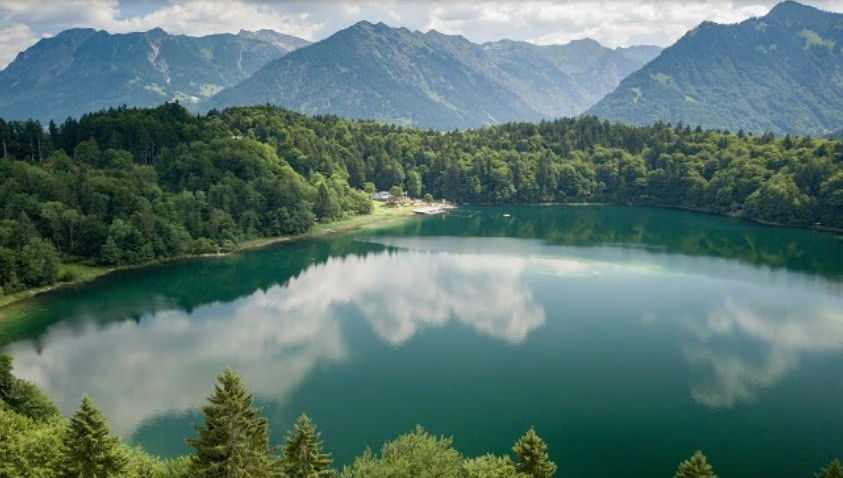Over the past three decades, Bengaluru has rapidly evolved into an IT hub. However, this growth has been shadowed by yearly water crises. During the summers, the city constantly battles water shortages, while monsoons bring heavy rain and widespread waterlogging. The recent downpours have exacerbated the city's woes, leaving streets waterlogged and neighborhoods inundated.
Last year alone, this city of over 14 million people faced a severe water shortage, causing school closures and work disruptions. Alarmingly, reports indicate that soon 40% of its residents may find water access difficult.
Once renowned as a city of a thousand lakes, swift urbanization has transformed these water bodies into concrete structures or left them to dry. Kempe Gowda, the city's founder, had initiated large-scale water conservation projects in the 16th century, interlinking lakes for extensive water management. By the mid-20th century, Bengaluru had 262 lakes, but today, less than 44 remain, as lakes have been reclaimed for apartments, IT parks, and roads.
In the 1970s, lake beds were repurposed, leading to developments like the Koramangala Sports Complex and Kanteerava Stadium. Among those that remain, many are ecologically dead.
Experts suggest that preserving rainwater could rejuvenate the lakes and partially alleviate water scarcity.
Water activist Ajay, a long-time resident and advocate for water conservation, explains, "Bengaluru’s drainage system fails to expel the water entirely, thanks to poor maintenance. Pipe and cable installations obstruct the drains, and municipal cleaning efforts often start late, rendering them ineffective."

Source: aajtak
The lake system once acted as a buffer, holding rainwater temporarily. Urban developments have replaced these land buffers, and tree felling has exacerbated the issue. Trees used to slow down and absorb some of the rainwater.
Also read: Heavy Rainfall in Bengaluru Inundates Homes
Changing rainfall patterns over the years, with sudden heavy downpours, have overwhelmed the city’s drainage systems. Ajay notes that unlike the steady rains of previous monsoons, Bengaluru now experiences flash rains flooding the city in hours. A weakened drainage framework coupled with intense rainfall spells disaster, necessitating greater public and governmental awareness.
Ajay advocates for restoring encroached lakes and implementing widespread rainwater harvesting to quench Bengaluru’s thirst. While the city currently sources water from the Cauvery River, 100 kilometers away, conserving rainwater could significantly alleviate this problem.




